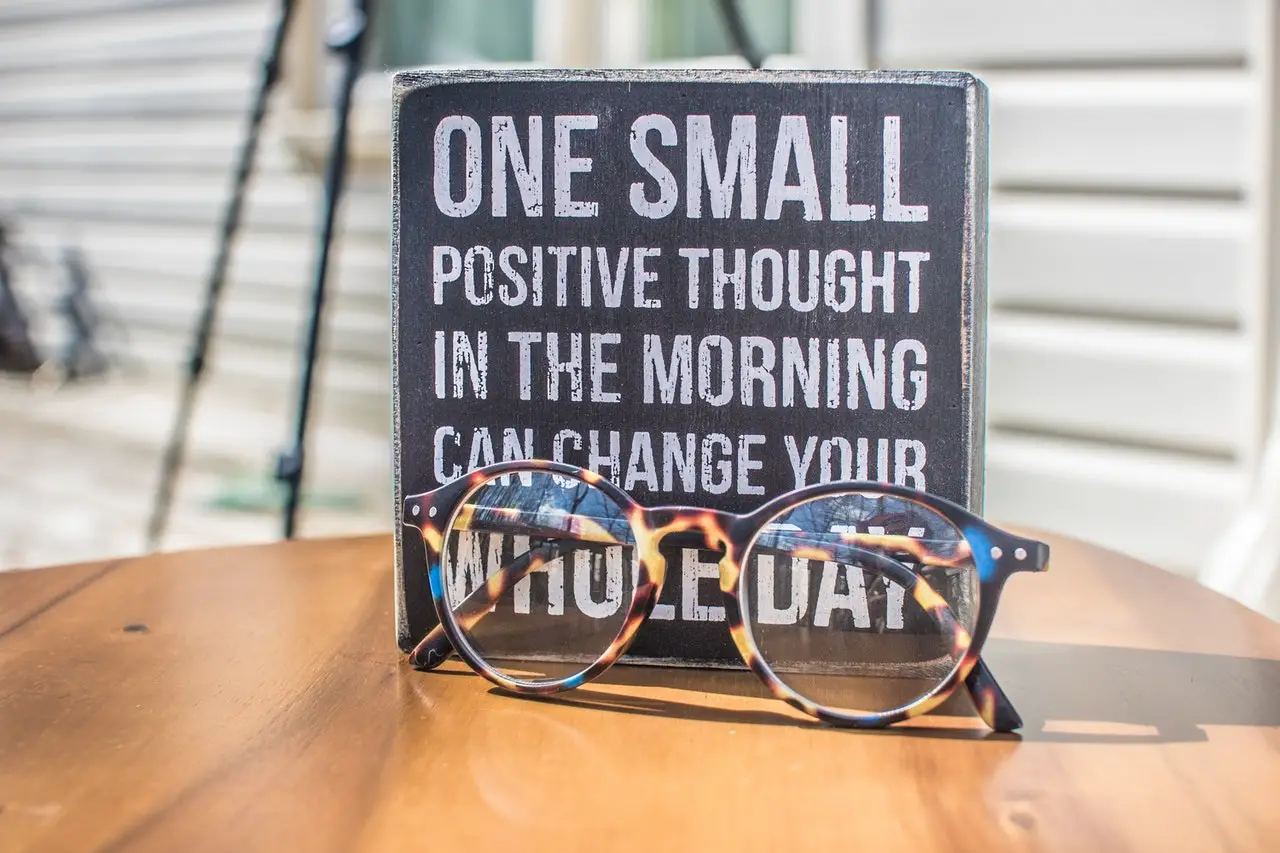In a world where we are expected to be on top of things every second of the day, having the best coping skills to think things through is essential. So when it comes to positive thinking vs. critical thinking, what are the differences, and which one is best?
Positive thinking is vital for mental health and happiness, giving people hope that good things will come. In comparison, critical thinking requires knowledge, data, and facts for things such as problem-solving and business decisions.
If you are searching for more information on positive thinking and critical thinking and where each of them should fit in your daily life, this article is for you.
What Are The Differences Between Critical Thinking and Positive Thinking?
Positive and critical thinking are two different ways to look at a situation and attempt to identify the most likely outcome or how to solve a particular problem. The importance of them both lies in each situation you choose to use them in.
What is Critical Thinking?
Critical thinking is based on facts, results, numbers, and other types of proven data. This is the way of thinking used in businesses, entrepreneurship, science, etc.
Benefits of Critical Thinking:
- Professional success
- Academic success
- You make better decisions
- Avoids unnecessary problems
- Builds problem-solving skills
If you are thinking in the critical sense, you are not going to hope for the best outcome possible; you will lean towards the outcome that is most likely to occur. There is actually a process to help you think more critically in any situation that is used by professionals and can be considered an amazing tool to help you make the right decisions.
The six steps to critical thinking:
- Knowledge: Before you can reach a resolution, you first need to fully understand the problem in front of you. This means you should obtain as much knowledge as possible.
- Research/Comprehend: Once you know what the issue is, do your homework to research all of the possible outcomes and make sure you comprehend what is put in front of you. This can include research, data collection, etc.
- Application: Apply the possible outcomes to your thinking process by using strategy maps, graphs, charts, etc., to connect information with resources. Having a visual board of possibilities can help you organize your mind and facts.
- Analyze: Once all of your information is gathered and in one place, take the time to analyze everything, so you have a clear understanding of the issue or goal and which ways of solving it are the best option. You can do this by weighing out the options or the pros and cons.
- Identify: At this point, you have already looked at all the facts in the problem at hand, and you have identified what needs to be done to fix it. Now it is time to choose the best course of action that will make the most sense and will likely get you the end result you desire.
- Action: Now, it’s time to take action. Once you have gone through all of the steps listed above, it is time to put your thoughts into motion.
How Do We Use Critical Thinking?
Critical thinking can be used in a bunch of different situations that can occur in our everyday lives, whether we are at home, at the office, at the doctor, etc. This is a skill that can be mastered over time to help you reach a conclusion when comparing and contrasting, criticizing, critiquing, evaluating, and reasoning.
A good example of using critical thinking in a specific situation is determining whether it will rain without using the tools available, like the weatherman or an app on your phone.
If you step outside and the temperature feels a little bit cooler, and the sky is getting dark during the day, you can conclude that, yes, it will probably rain.
What is Positive Thinking?
Positive thinking is for those with a good attitude and outlook on life. It is practicing to focus on the good in every situation life throws at you., These are typically thoughts for people who are hoping for a good outcome in a situation where the end results are looking a little bleak. This is used as a coping mechanism and can reduce stress and anxiety.
Benefits of positive thinking:
- Reduced stress levels
- Reduced depression and anxiety
- Better coping skills
- Healthier heart
- A longer life span
While positive thinking is a great way to improve a person’s mental state and morale, it isn’t a good option when you are trying to make the best decisions in specific situations. Many times, positive thinking leads to un-plausible outcomes and can be seen as setting yourself up for failure.
For example, if you are running a start-up business and notice your products are not selling this month like last month, you can’t just hope for the best (positive thinking) and keep moving forward. The best move in this situation is to see what was most likely the reason for the decline in sales and improve in that area (critical thinking).
How Do We Use Positive Thinking?
As mentioned, positive thinking is best used when trying to look at the brighter side of any given situation. We try to stay positive for a loved one who was given a scary health diagnosis or when your child is going to school to take an important exam.
We think positively to keep our spirits up, theirs and our own. It is easier to handle difficult times when we can look on the bright side of things and see a happy ending.
Some great ways to utilize positive thinking include:
- Practice positive self talk
- Use daily affirmations
- Positive thinking meditation
- Learning to smile and laugh more
- Learn to control your quick reaction
A Quick Recap
| Pros | Cons | |
| Positive Thinking |
|
|
| Critical Thinking |
|
|
Summing Things Up
There are many ways of thinking things out; two of the most frequent are positive thinking and critical thinking. While critical thinking is necessary to be successful when it comes to facts, positive thinking is essential when it comes to being happy and less stressed, making them equally as important.





